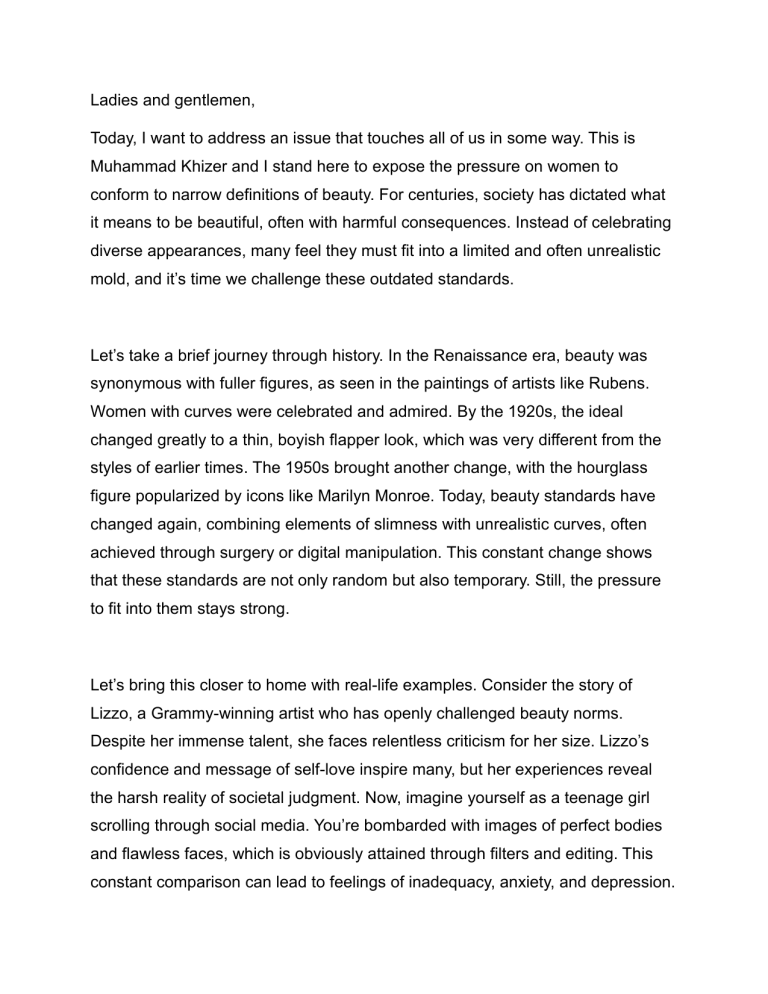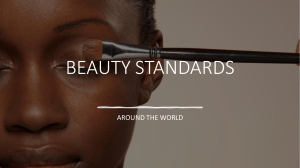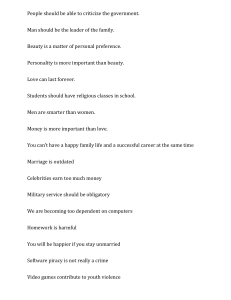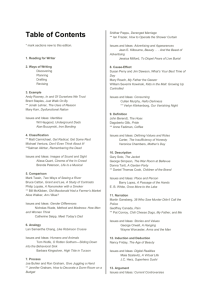
Ladies and gentlemen, Today, I want to address an issue that touches all of us in some way. This is Muhammad Khizer and I stand here to expose the pressure on women to conform to narrow definitions of beauty. For centuries, society has dictated what it means to be beautiful, often with harmful consequences. Instead of celebrating diverse appearances, many feel they must fit into a limited and often unrealistic mold, and it’s time we challenge these outdated standards. Let’s take a brief journey through history. In the Renaissance era, beauty was synonymous with fuller figures, as seen in the paintings of artists like Rubens. Women with curves were celebrated and admired. By the 1920s, the ideal changed greatly to a thin, boyish flapper look, which was very different from the styles of earlier times. The 1950s brought another change, with the hourglass figure popularized by icons like Marilyn Monroe. Today, beauty standards have changed again, combining elements of slimness with unrealistic curves, often achieved through surgery or digital manipulation. This constant change shows that these standards are not only random but also temporary. Still, the pressure to fit into them stays strong. Let’s bring this closer to home with real-life examples. Consider the story of Lizzo, a Grammy-winning artist who has openly challenged beauty norms. Despite her immense talent, she faces relentless criticism for her size. Lizzo’s confidence and message of self-love inspire many, but her experiences reveal the harsh reality of societal judgment. Now, imagine yourself as a teenage girl scrolling through social media. You’re bombarded with images of perfect bodies and flawless faces, which is obviously attained through filters and editing. This constant comparison can lead to feelings of inadequacy, anxiety, and depression. Research shows that exposure to these perfect images significantly impacts young women's self-esteem and body image. Think about a time when you felt judged based on your appearance. Recall the emotions and thoughts that moment stirred in you. It’s a common feeling, showing just how widespread and harmful these beauty standards can be. So, how can we change this narrative? First, we must recognize that beauty is not a one-size-fits-all concept. It is diverse and multifaceted. We can start by celebrating and promoting a variety of body types, skin tones, and features in media and fashion. Companies like Dove have made progress with their “Real Beauty” campaign, featuring women of different shapes, sizes, and ages. This is a step in the right direction, but there’s still much work to be done. We also need to encourage critical thinking about the images we consume. Question the unrealistic portrayals and the motives behind them. Are they selling a product or promoting genuine self-acceptance? It’s essential to foster environments where everyone feels valued for who they are, not just how they look. In closing, Let’s embrace and celebrate beauty in all shapes, sizes, and appearances. By doing so, we can create a more inclusive and accepting world. Remember, true beauty lies in diversity and authenticity.




